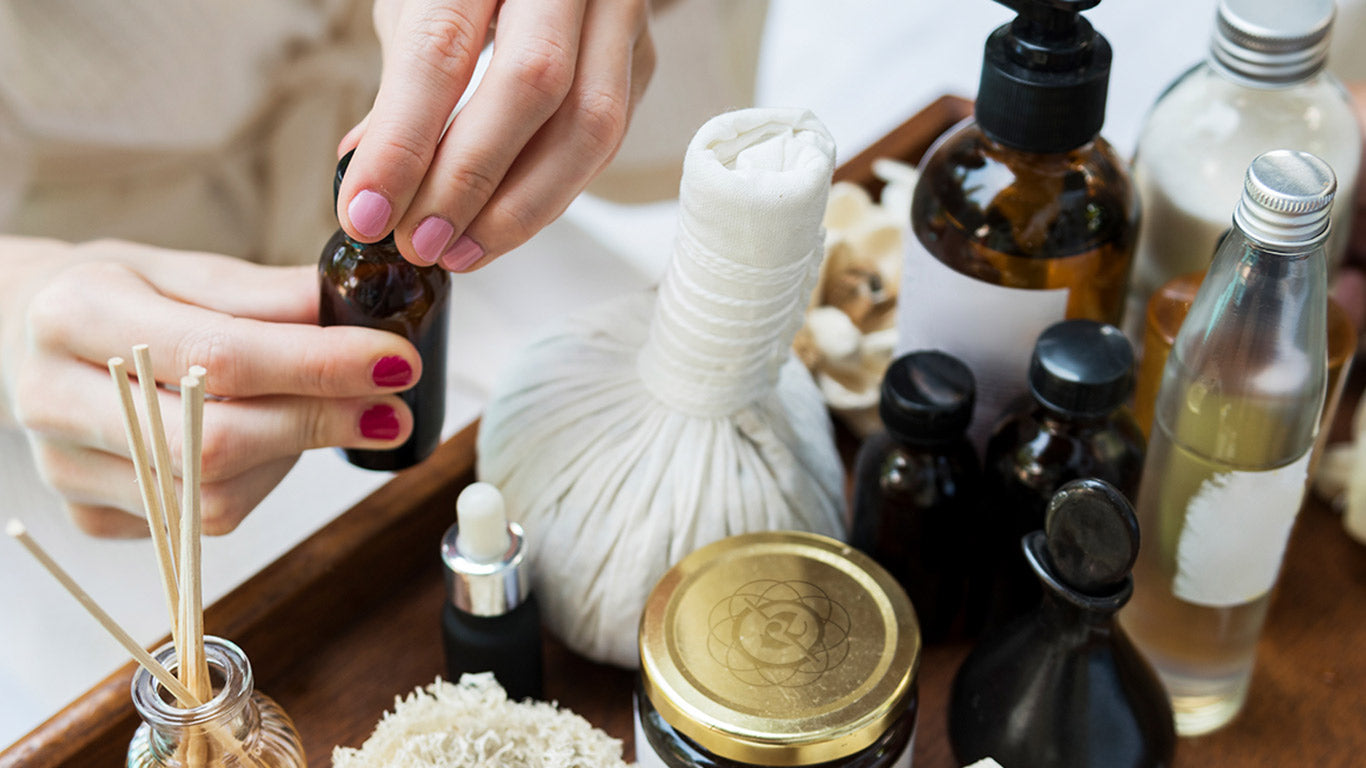Skin is the largest organ of our body and protects us from the environment, but as it does this, over time it can take a real beating! This is why skin also happens to show the first signs of aging, stress and a poor diet. With that said, we can do a lot for ourselves to keep our skin looking healthier and younger. Below are some common skin changes that occur with time and recommendations on how to address them:
Skin Laxity
As we age, skin firmness reduces and suddenly expression lines become obvious and seemingly permanent! This happens largely due to reduced collagen production and preservation in our body. Additionally, when women enter menopause there is a dramatic drop in their estrogen and progesterone hormones, which then results in a greater reduction in collagen. As collagen is the structural building block of our skin it contributes to skin firmness and elasticity. Collagen loss is then followed by wrinkles and sometimes even crepiness in the skin. HYDRATION IS A HUGE ASPECT OF THIS. You can tell how dehydrated you are by just pulling your skin and watching how quickly it bounces back – the slower the more dehydrated you are (elasticity test)
Uneven Skin Tone and Dark Spots
Uneven skin tone is common and multifactorial. Unevenness, or hyperpigmentation occurs because of sun damage, hormonal changes, or can be the remnant of old acne or skin inflammation. Hyperpigmentation caused by hormonal changes typically occurs when women are pregnant or around menopause. This condition is called melasma and the pattern and extent at which melasma occurs varies from person to person. Interestingly, ‘balancing’ hormones does not necessarily treat melasma, but instead, you have to treat it more ‘externally’ with specific skin treatments and products. Finally, hyperpigmentation due to acne is referred to as post inflammatory hyperpigmentation and is treated similarly to melasma, with an added emphasis on preventing future acne breakouts.
Wrinkles and Fine Lines
As discussed above, wrinkles and fine lines are caused by facial muscle expression and collagen reduction over time. While most wrinkles occur on the forehead, above the eyebrow or around the eyes, everyone has a unique wrinkle pattern. This is based on how they express themselves using their facial muscles and even by how they sleep; sleeping on one side can cause the muscles on that side to develop more wrinkles overtime. It’s clear that aging is not the most exciting prospect for skin, but what’s exciting is the number of treatments and products that are available today to reverse and prevent these changes from occurring quickly. In fact, you do not need multiple different treatments to address each sign of aging because most procedures and products address all the signs mentioned above. For simplicity, I have grouped these interventions by severity.
Treatment is really based on the condition of the skin and the extent of reversal.
Aggressive/Severe: In order to effectively reverse more severe signs of aging, there are a number of laser treatments that completely resurface skin by triggering the body to create a new layer of skin. Laser technologies like Picosure or carbon dioxide resurfacing are excellent choices for resurfacing aged skin. It is important to note that Picosure is the only laser resurfacing technology that is safe and effective on ethnic (ie. Asian, Hispanic, Indian and African American) skin types. This amazing technology has done wonders in the ethnic or darker skin treatment space, and when paired with the appropriate skin care, it pushes skin back by decades. It is important to note that one treatment is not enough to achieve results, which is why starting with at least a series of three to four treatments is an expectation that I always set with my patients. I am always so excited to see how happy my clients are with a treatment like Picosure. Moderate: Moderately aged skin is usually a combination of two or three skin issues mentioned above, but less severe. While lasers are certainly an option, a less intense treatment like microneedling is an excellent choice. Microneedling is most effective when paired with serums containing compounds like Vitamin C, stem cells or Plasma Rich Platelet therapy (referred to as the ‘vampire facial’ in the celebrity world). Much like Picosure, microneedling also triggers the body to make new collagen, which eventually results in new skin replacing the old skin. The difference between microneedling and lasers is that it is less intense and will take more sessions to get results if we are trying to treat very severe wrinkling and hyperpigmentation. However, just like Picosure, microneedling is initially done in a series of three to six treatments to really push the skin into its most optimal, younger state. Microneedling is very safe for all skin types and ethnicities, which makes it an excellent alternative to laser treatments. Mild: Again, it is safe to use any of the above treatments on mildly aged skin, but for the most people can benefit from a smart skin care routine with clinical grade facials to achieve great results. ‘Smart’ skin care includes;
- A cleanser that is pH balanced as to not dry out skin and make it more prone to wrinkling
- A topical retinol recommended to only be applied three to four times a week at night
- Vitamin C to support new collagen production and maintain even skin tone
- Physical barrier sunblock containing zinc or titanium oxide with AT LEAST an SPF of 30
- Clinical grade facials with microdermabrasion and light chemical peels help polish off superficial dead skin cells to reveal newer, healthier skin
Even though I have broken these interventions down in categories, it is important to remember that EVERYONE should be on a smart skin care routine, no matter what their age or skin condition is. Taking care of your skin on a daily basis will pay dividends in the long run and really optimize the results of any skin treatments. We just scratched the surface here (no pun intended), and so many things discussed here deserve a separate posts of their own. I look forward to posting more about skincare, and I would love to hear from you about topics you would like covered in the future! Book a free consultation with Dr. Simran Sethi today!


